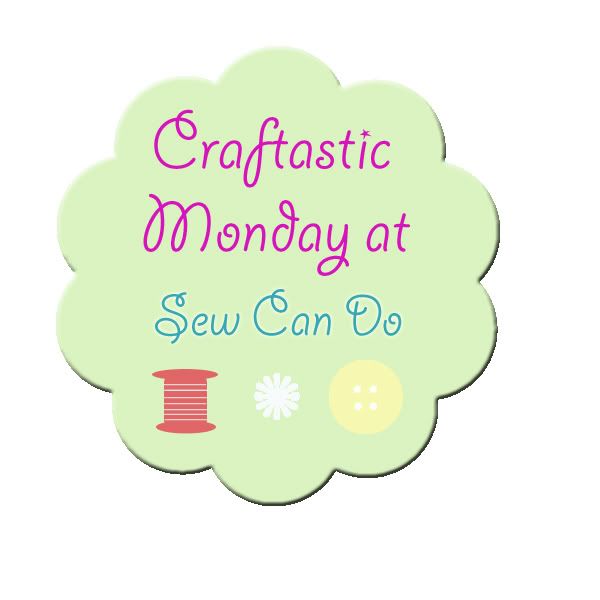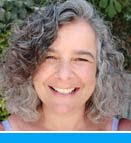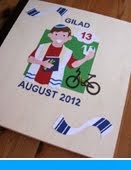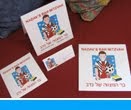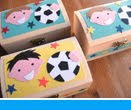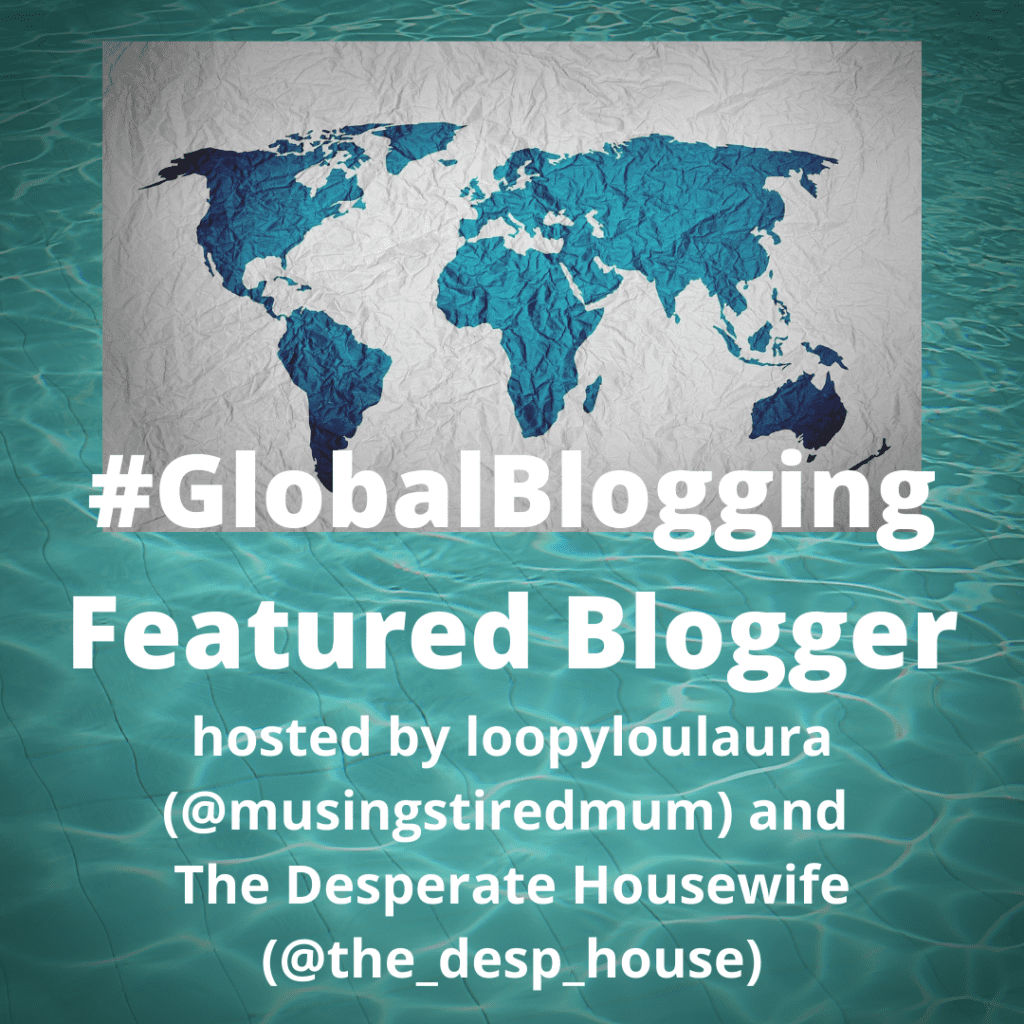Photo credit: Wikimedia Commons
The ancient synagogue of Ein Gedi was discovered by chance in the 1960s when members of kibbutz Ein Gedi were placing a water pipe in its vicinity. Excavations in the 1970s uncovered a well preserved mosaic floor and several important inscriptions. We can learn a great deal about the town of Ein Gedi from the mosaic floor of its most important building. It was clearly extremely prosperous! For a small remote settlement of no more than a few hundred people to bring the best artisans in the country to create such a masterpiece would have cost a huge amount of money.
Respecting the Jewish tradition of refraining from figurative depiction, the mosaic floor is made up of geometric designs weaved together to create a central 8-pointed star. A central square depicts exotic birds, perhaps geese and peacocks. At the northern end of the synagogue, facing Jerusalem, is a bimah (an elevated platform used for Torah reading during services) and a semicircular niche for storing the Torah scroll.
Respecting the Jewish tradition of refraining from figurative depiction, the mosaic floor is made up of geometric designs weaved together to create a central 8-pointed star. A central square depicts exotic birds, perhaps geese and peacocks. At the northern end of the synagogue, facing Jerusalem, is a bimah (an elevated platform used for Torah reading during services) and a semicircular niche for storing the Torah scroll.
Similar contemporary synagogues, such as the ancient synagogue of Beit Alpha, which we visited back in January, feature a central circular zodiac with the 12 star signs, each representing a Hebrew lunar month and a personification of the four seasons. In the Ein Gedi synagogue there is a written list of the horoscope signs and of the Hebrew months set in the floor of one aisle. Another inscription mentions the descendants from Adam to the children of Noah, and one more thanks the local rabbis and the synagogue donors, "Yose, Ezron, and Hazikin, sons of Halfi", who contributed to the building. The most exciting inscription, however, is the 'spell' - a warning for all the members of the community never to give away the 'secret' of the village.
This 'secret', it is assumed, has to do with the industry of the precious Balsam resin, called "Afarsimon" in Hebrew (the same name given to today's Persimmon Tree). For centuries the locals made a precious perfume from the Persimmon that was worth its weight in gold. The method and precise ingredients for the production of the perfume remain a riddle to this day. Keeping the process a secret was an economic imperative of such magnitude that every citizen who entered and exited the synagogue needed to be reminded. And what better way to be reminded than in the building whose elegant artistry is a testimony to the importance of the spice trade that sustained the village?

The availability of water at Ein Gedi allowed for the development of agriculture in the settlement. As well as the Persimmon, Ein Gedi's unique local vegetation also supplied the fibres of the Calotropis Procera (the Apple of Sodom) from which the locals made threads which they wove into luxurious fabrics and made wicks for their candles. Indigofera articulata was grown in order to produce indigo dye - the amazing blue colour which was in high demand and expensive. Lawsonia inermis, or Henna tree, which was mentioned in the Song of Songs together with the name Ein Gedi, is thought to be a highly favoured fragrance tree. In addition the locals knew how to produce henna colour from this tree.
Another obvious source of income for the village people of Ein Gedi was salt mining in the Dead Sea. Besides its use in seasoning food, salt also constituted an important means of food preservation and was used for medical purposes too.
The earliest evidence of human settlement at Ein Gedi actually dates back to the Chalcolithic period, 6,000 years ago. A small rectangular room with 50cm high walls was found in the area. It is assumed to be a temple where animals were sacrificed, since many animal bones and ash were found there.
Excavated housing structures and terraces northeast of the synagogue, at the foot of a hill known as Tel Goren, date from the 3rd-6th centuries CE, the Late Roman and Byzantine periods. They may have belonged to synagogue officials or served as study halls. The houses were built close together, each consisting of two rooms and a courtyard. Large clay vats for the storage of drinking water or liquids made from special plants growing in the area were found in them. Royal seal impressions and others bearing personal names, as well as a hoard of silver pieces were also discovered in the ruins of the village, once again indicating wealth and economic importance.
Stone terraces were constructed on the hillsides and a sophisticated water system, including storage pools and a network of irrigation channels, was developed. These measures made the productions of the perfume more efficient. To protect the cultivated areas and to control the trade route, a fortress and watch towers were built.
The synagogue and village at Ein Gedi stood for 400 years and was destroyed by fire, probably during the reign of the Byzantine Emperor Justinian I in the second half of the 6th century, a period of Jewish persecution. Among the many archaeological finds discovered in the debris was a scroll from the Book of Leviticus and a bronze 30 cm seven-branched menorah.
Excavated housing structures and terraces northeast of the synagogue, at the foot of a hill known as Tel Goren, date from the 3rd-6th centuries CE, the Late Roman and Byzantine periods. They may have belonged to synagogue officials or served as study halls. The houses were built close together, each consisting of two rooms and a courtyard. Large clay vats for the storage of drinking water or liquids made from special plants growing in the area were found in them. Royal seal impressions and others bearing personal names, as well as a hoard of silver pieces were also discovered in the ruins of the village, once again indicating wealth and economic importance.
Stone terraces were constructed on the hillsides and a sophisticated water system, including storage pools and a network of irrigation channels, was developed. These measures made the productions of the perfume more efficient. To protect the cultivated areas and to control the trade route, a fortress and watch towers were built.
The synagogue and village at Ein Gedi stood for 400 years and was destroyed by fire, probably during the reign of the Byzantine Emperor Justinian I in the second half of the 6th century, a period of Jewish persecution. Among the many archaeological finds discovered in the debris was a scroll from the Book of Leviticus and a bronze 30 cm seven-branched menorah.
On our way home I asked Mister Handmade in Israel to stop once more at one of the lookout points overlooking the Dead Sea. The Dead Sea, known in Hebrew as Yam Ha-Melakh (the Sea of Salt) is the lowest point on earth and the saline water of the lake gives lead to the name because no plants or animals can survive in the salty waters. The other result of the salty water is its renowned health and healing properties and the unique feature that one can float naturally in it.
The Dead Sea is part of the long border between Israel and Jordan, whose towering mountains can be seen from the Israeli side. Just a one hour drive from Jerusalem, the lake is a place popular for Israelis wanting a few days relaxation or to take advantage of the medical properties of the water. People famously cover themselves in the mineral rich mud from the Dead Sea.
The Dead Sea has in fact attracted visitors for thousands of years. It was one of the world's first health resorts, used by Herod the Great, and it has been the supplier of a wide variety of products, from asphalt for Egyptian mummification to potash for fertilisers. On this occasion I simply had a great view of it from a vantage point along the road. It was breathtakingly beautiful and a wonderful way to end a fabulous day.
* This post has been shared on Little Things Thursday, All Seasons, Wordless Wednesday (on Tuesday), Sharon's Souvenirs, Our World Tuesday, Tuesday's Treasures, My Corner of the World and Pictorial Tuesday.






































